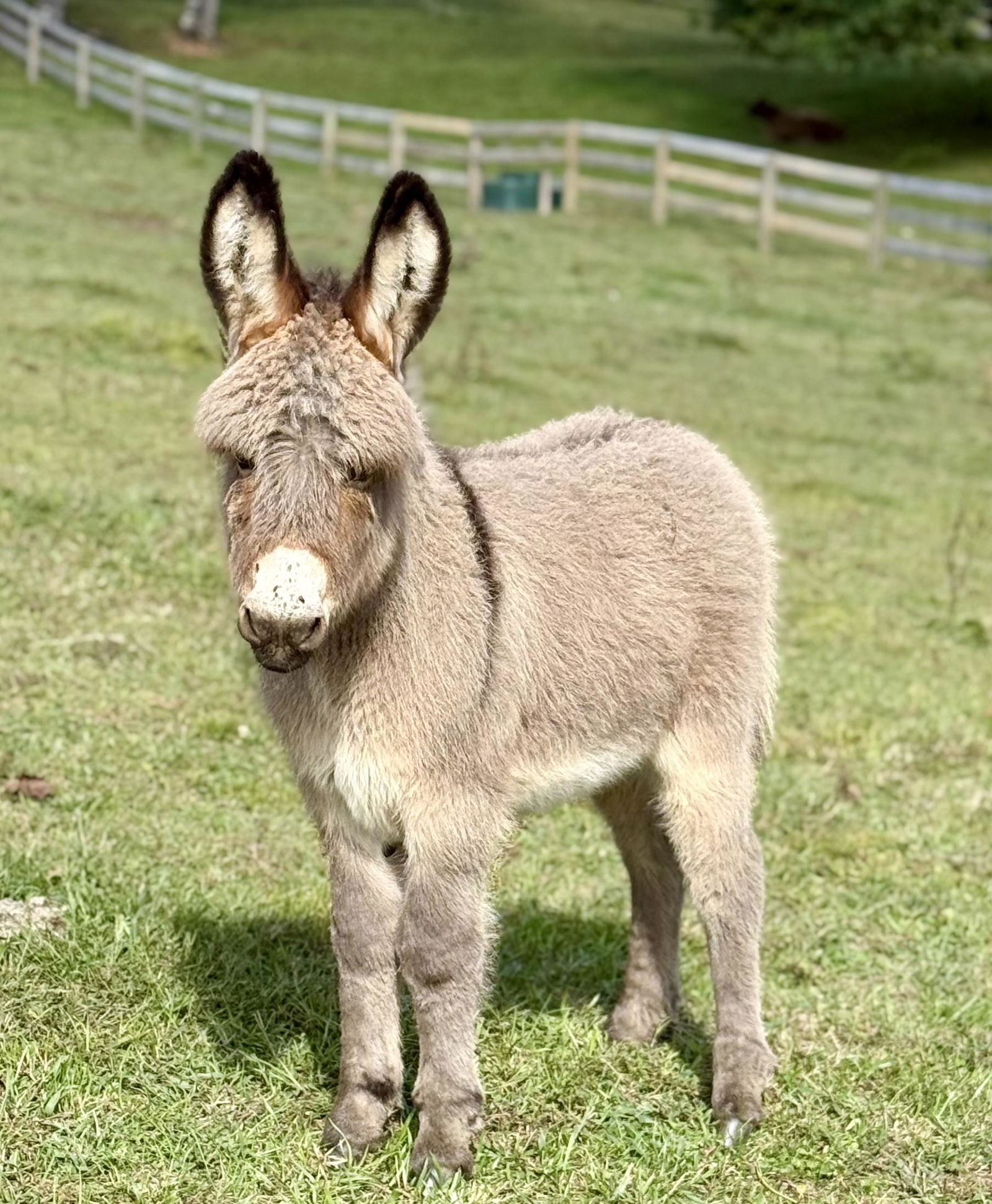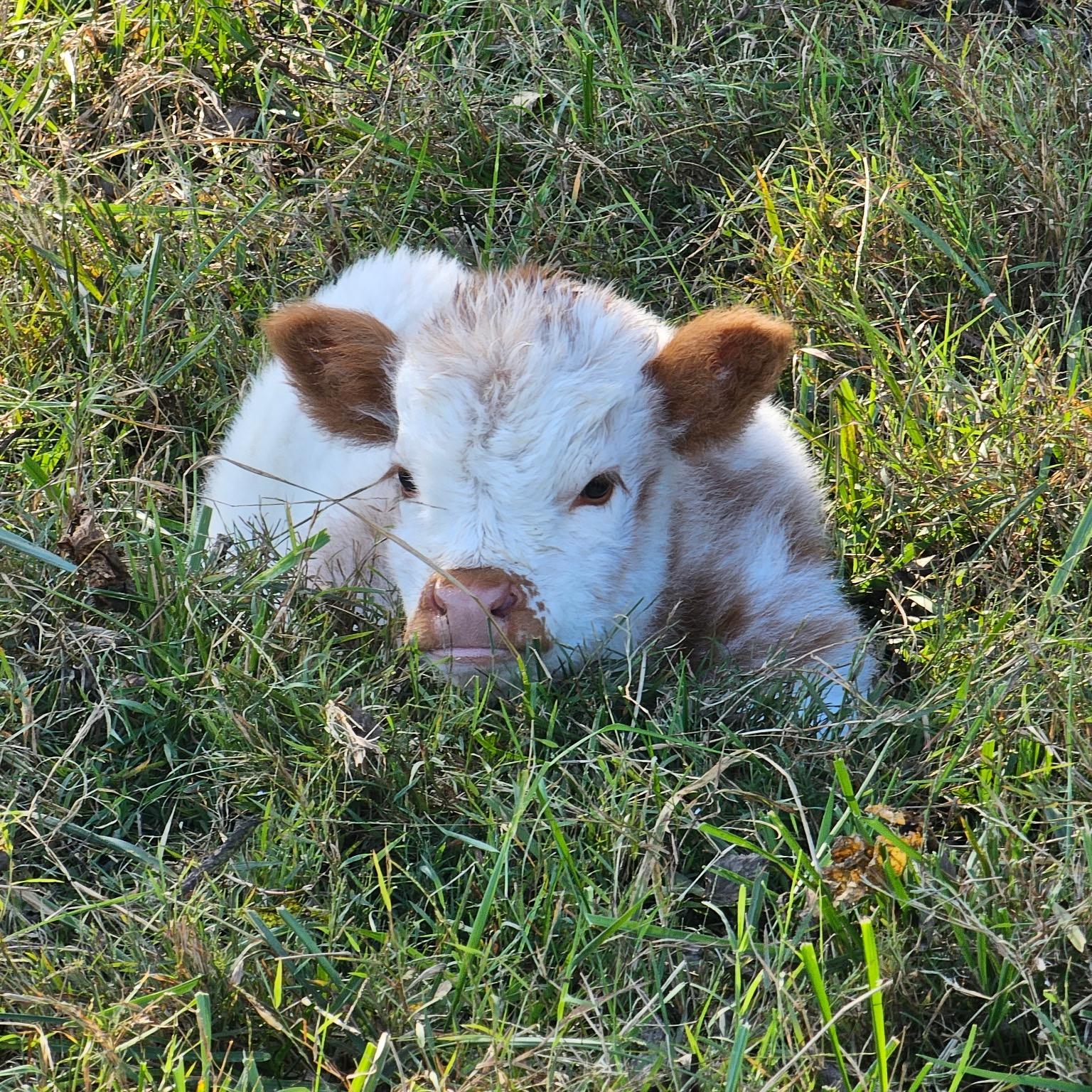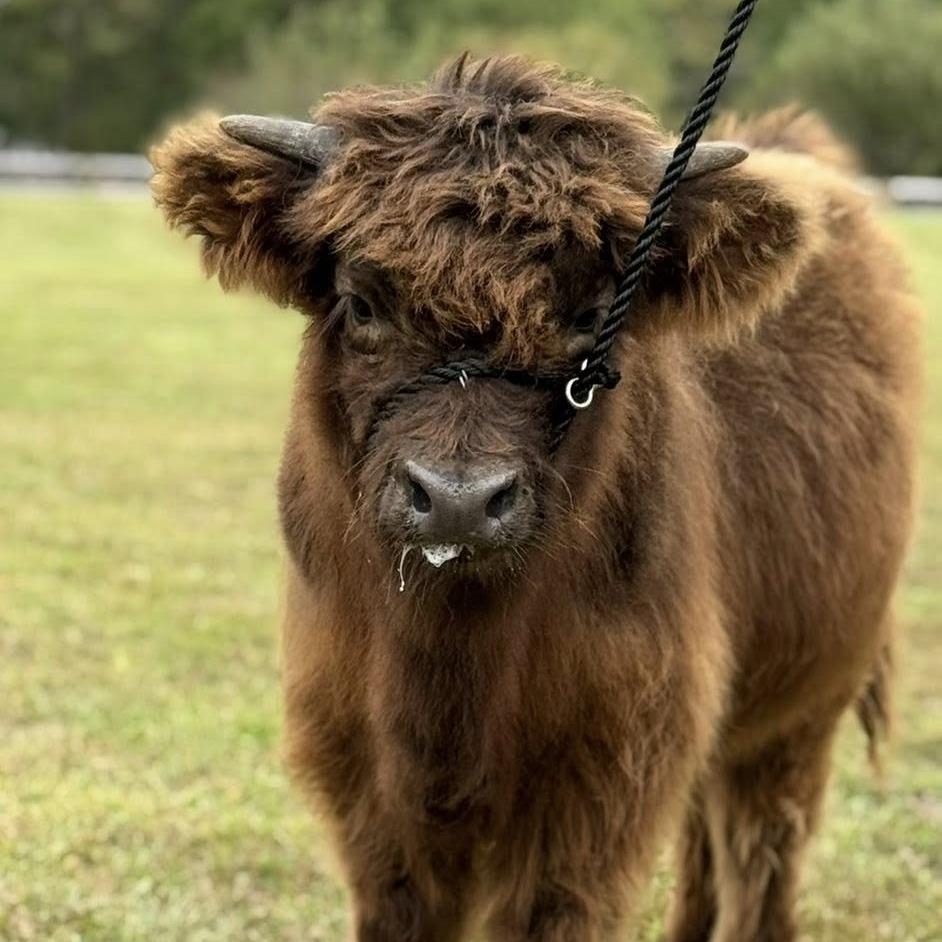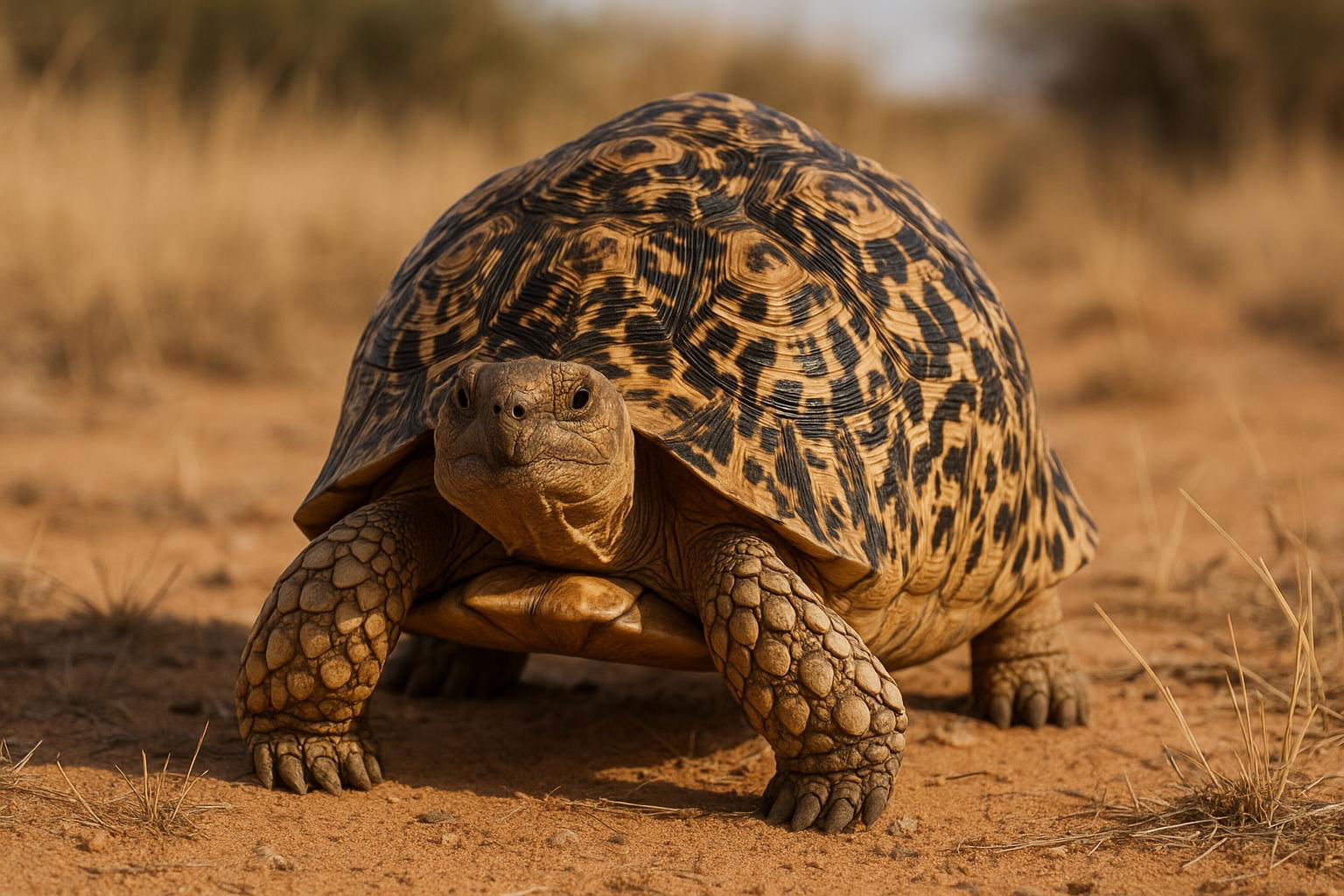
Leopard Tortoise
Stigmochelys pardalis
The Leopard Tortoise (Stigmochelys pardalis) is a striking species of tortoise native to the savannas of eastern and southern Africa, prominently found in countries such as South Africa, Botswana, Namibia, and Ethiopia. Renowned for its attractive shell, the Leopard Tortoise sports a high-domed, elongated carapace with distinctive, intricate patterns resembling rosettes or clusters of spots, often resembling the coat of a leopard. This ornate patterning helps in camouflaging the tortoise in its grassy habitats.
As one of the largest tortoise species in Africa, it can reach sizes of up to 18 inches (45 cm) in length and weigh between 30 to 50 pounds (about 13 to 23 kilograms). Adapted to a grazing lifestyle, Leopard Tortoises primarily feed on a diet rich in grasses, succulents, and occasionally fruits and flowers. They are well adapted to arid environments, obtaining much of their moisture from their diet and through efficient water conservation.
Socially solitary, Leopard Tortoises come together principally for breeding, which can occur during the rainy season. Females can lay clutches of up to 30 eggs, which incubate for approximately 9 to 12 months before hatchlings emerge. Known for their long lifespan, Leopard Tortoises can live up to 75 years in the wild.
The Leopard Tortoise faces threats from habitat destruction and illegal wildlife trade, but they remain relatively stable across much of their range due to their adaptability to different habitats. Protecting their natural environment and combating poaching are critical for ensuring their continued survival in the wild.

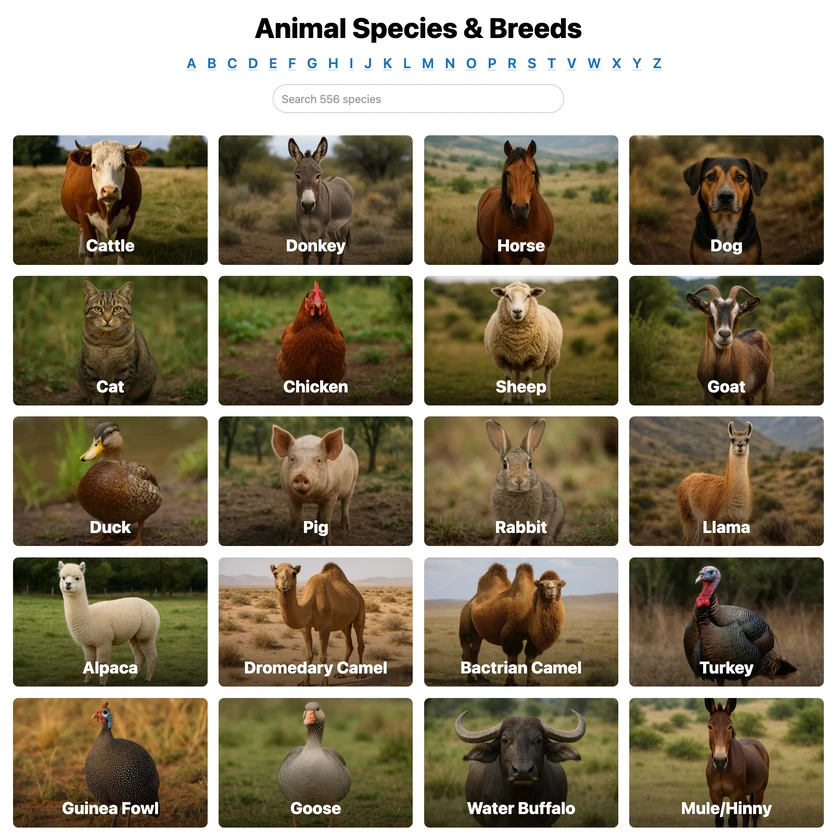 All Species & Breeds
All Species & Breeds
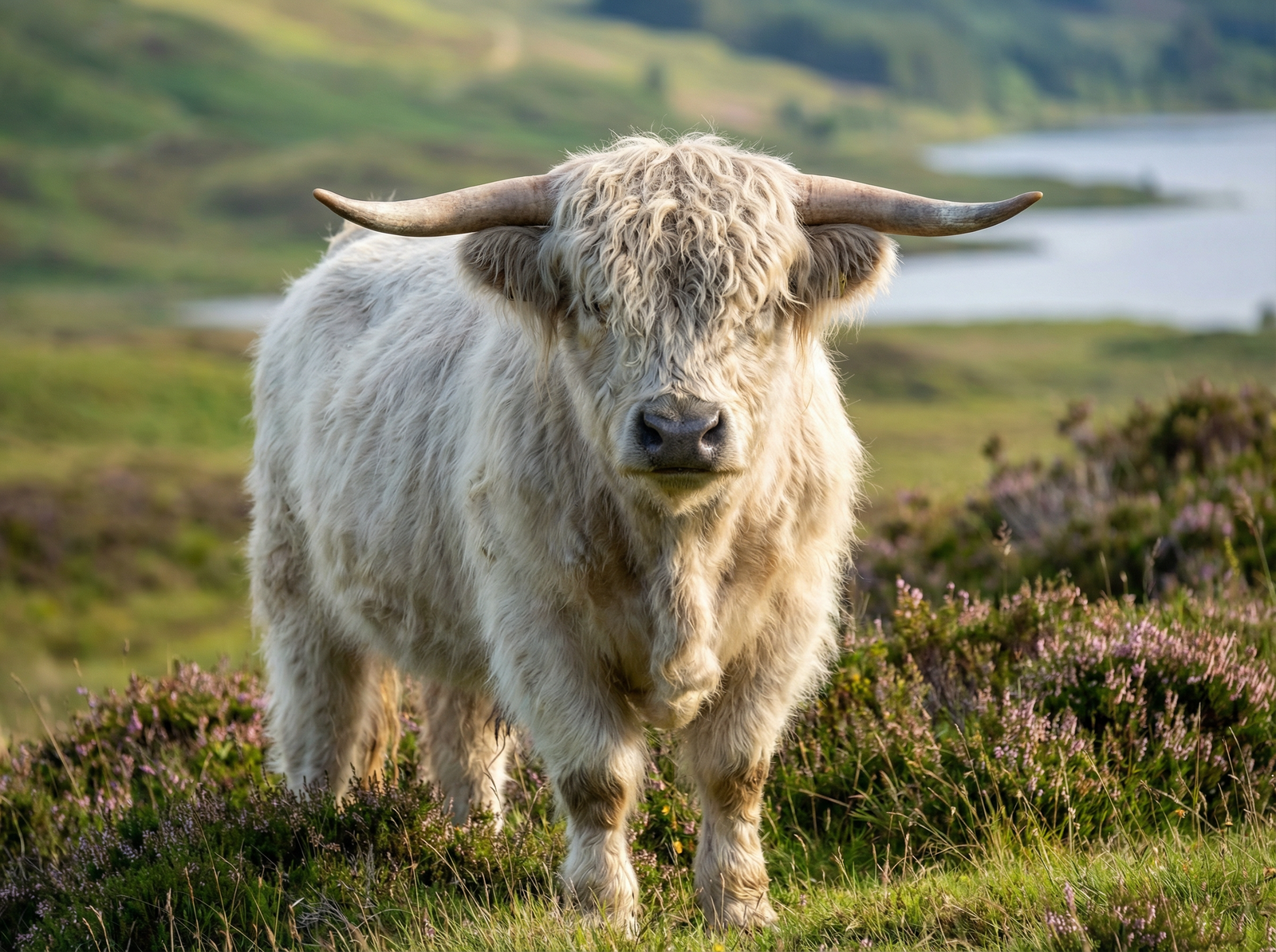 Highland Cattle
Highland Cattle
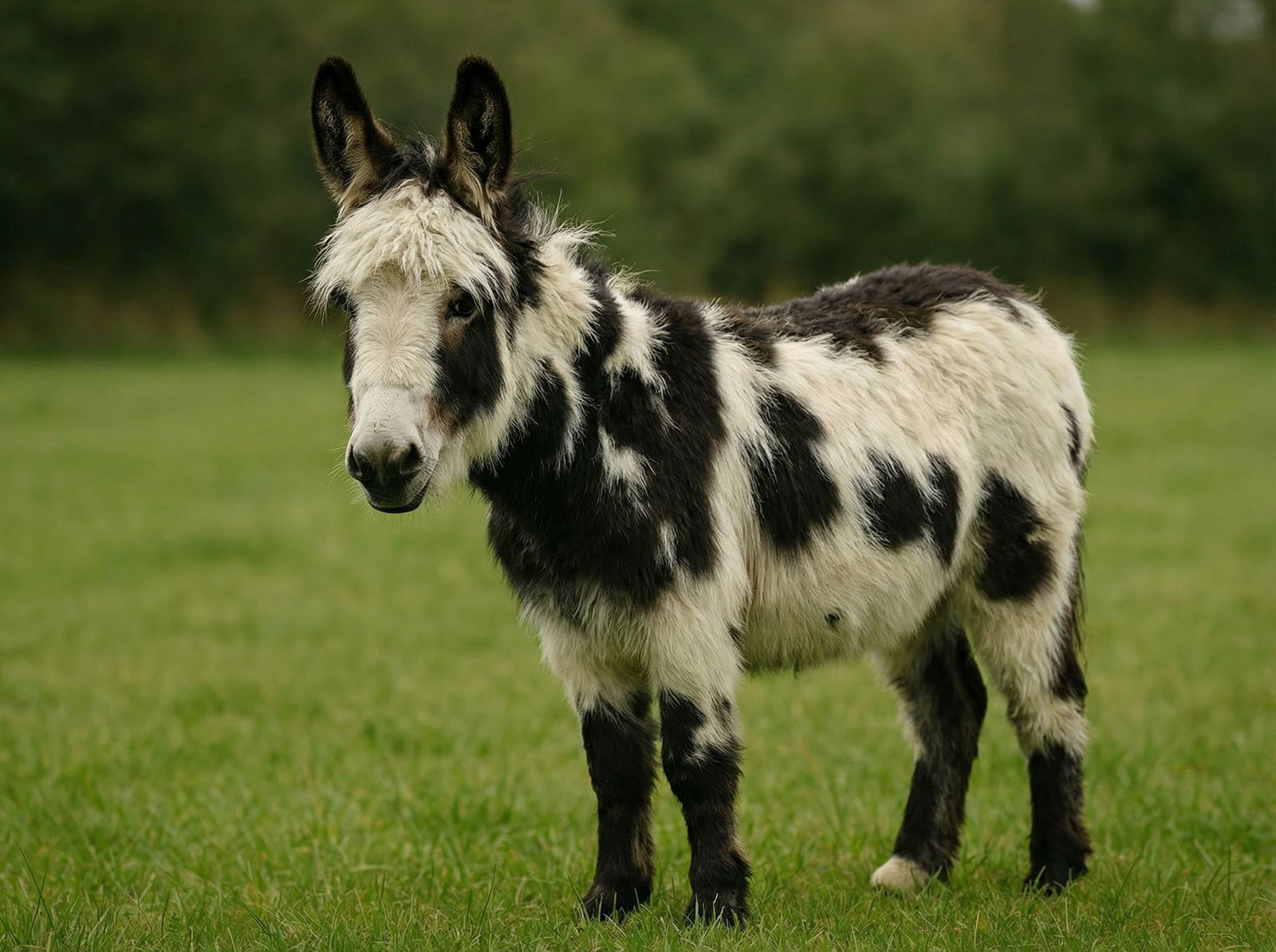 Miniature Donkeys
Miniature Donkeys
 All Species Directory
All Species Directory
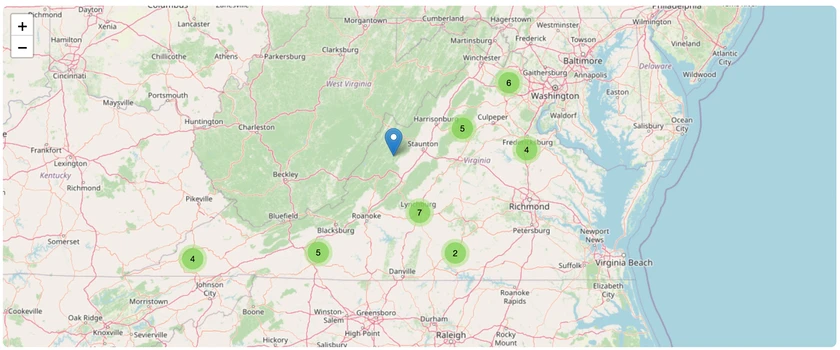 Highland Cattle in Virginia
Highland Cattle in Virginia
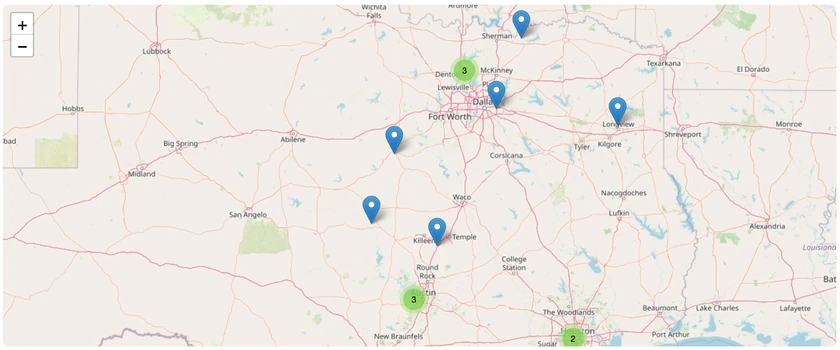 Miniature Donkeys in Texas
Miniature Donkeys in Texas
